
Harry Mayerovitch | Meet the man behind the NFB’s most beautiful propaganda posters
Harry Mayerovitch | Meet the man behind the NFB’s most beautiful propaganda posters
When I started my career at the NFB archives 11 years ago, a poster signed “Mayo” was prominently displayed above my desk. Every day, it invited me to embark on railway adventures more than once. On the poster, there was a speeding train with its yellow headlamp piercing the night.
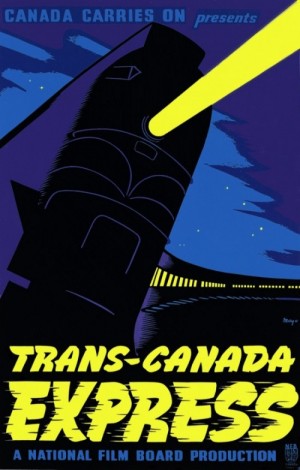
A few years later, I discovered three other posters in a hallway at the NFB. Once again, they were simply signed “Mayo.” That’s all it took to pique my curiosity. I decided to do some investigating and discover the artist who was behind these fabulous posters.
A brilliant career
“Mayo” is not short for mayonnaise, but for “Harry Mayerovitch.” With a brilliant career that spanned nearly a century, one could say that he had seen it all, as an accomplished painter, eminent architect (he built Brian Mulroney’s home), Duplessis-era caricaturist, World War II poster designer for the NFB, accordion player, collector, poet and author.
He was born in Montreal on April 16, 1910 to Romanian parents. After completing a Bachelor of Arts at McGill University, he earned his degree in architecture in 1933.
Mayerovitch joins the NFB
In 1939, Canada entered World War II alongside Great Britain. Architecture projects were shut down. No longer able to work, Mayerovitch turned his attention to painting. He did it so well that one of his works entitled “Home Front” was exhibited at the Musée des Beaux-Arts in Montreal.
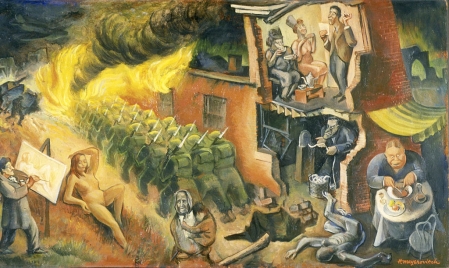
Stroke of luck! His painting captured the attention of famous art critic Robert Ayer who praised it in his weekly column in the Ottawa Journal. In Ayer’s opinion, this work was one of the strongest war paintings he had ever seen.
Two weeks later, Mayerovitch received a call. A voice at the other end said to him: “This is John Grierson speaking. Would you come up to see me? … ”
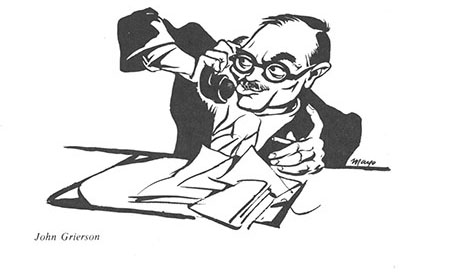
John Grierson, NFB founder and its first Commissioner, had come across Mayerovitch’s work in the Ottawa Journal and wanted to talk to him in person.
In the time it took to travel to Ottawa, Mayerovitch was appointed artistic director of the NFB Wartime Information Board’s Graphic Arts Division. He had never made posters before. Above all, Grierson was seeking an attitude, an emotion, not expertise, at a time when most campaigns were led by advertising agencies. Grierson reportedly said: [translation] “The truth is that we can’t sell the war effort as if it were Corn Flakes…”
Canada Carries On
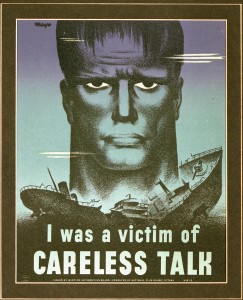
With the entry into war, the patriotic effort was pushed to the forefront in film production. The war changed how things were done, how things were seen… Even the animated film industry, in the guise of entertainment, got involved in the war effort. The battles were fought overseas, but the effects were felt all the way back in Canada by the entire country and its people. From 1942 to 1944, Mayerovitch produced several World War II propaganda posters.
Inspired by the illustrations of German Dadaist George Grosz and by Mexican painter Diego Rivera, he created in particular the posters for a series of short films for movie theatres called Canada Carries On. This series, produced by Stuart Legg on a monthly basis starting in 1940, aimed to highlight Canadian achievements and place Canada at the forefront of the international scene.
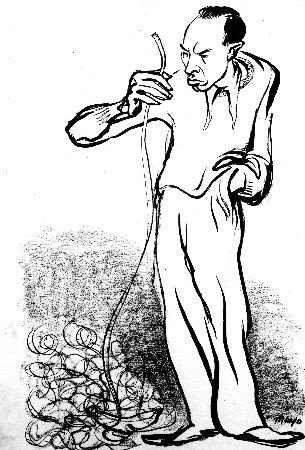
Churchill’s Island is definitely the most well-known film in this series. Moreover, it was the first documentary in history to win an Oscar! Produced in 1941, this propaganda film plunges us into the heat of the action, when the United Kingdom’s Royal Air Force was fighting with the German Luftwaffe of the Third Reich. All defences were set in motion: the navy, coastal defences, the cavalry and civilian army. The film is punctuated with awe-inspiring images and captivating narration unlike anything we hear today. You can watch it below. Sadly, I never managed to find the poster.
Churchill’s Island, Stuart Legg, provided by the National Film Board of Canada
To plunge you back into the atmosphere of the time, here is another little gem from the series that suggested a Nazi threat was hovering over Quebec. Game over! German submarines crossing through Canadian waters. Nazi torpedo explosions echoing in the Laurentians.
After the dazzling success of Canada Carries On, a second series was created: The World In Action. This time, the goal was to offer a more international viewpoint on the war. With this series, Grierson wanted to ensure that the American people clearly understood the situation in Europe and supported the cause of Great Britain, Canada and the Allies. Mayerovitch would use his talents to promote this series that would be seen by more than 40 million people worldwide.
If you want to know more about the context in which these films were produced, you must see this comprehensive documentary by Robert Lower, which retraces the beginnings of the NFB (1939-1945) and the largest propaganda effort in our history, from the excerpts of 500 films in our collection. A fascinating journey to the heart of our archives:
Shameless Propaganda, Robert Lower, provided by the National Film Board of Canada
Getting back to Mayerovitch. After the Second World War, he refocused on his career as an architect and became involved with many committees related to urban planning. He published many essays, books, comic strips and collections of drawings. [translation] “I tried to make sure that everything I did had social value,” he said.
In 2004, at the age of 94, the tireless Mayerovitch was still active. He was taking creative writing courses at the University, twice a week, to stay sharp. Two weeks before he died, he released “Way to go,” a collection of drawings published by Drawn & Quaterly, which featured various ways to be buried in style. [translation] “I won’t be here long, so I might as well laugh about it …”
He died on April 16, 2004 at the age of 94. On his very birthday.
“The message has to light up in the blink of an eye, its meaning has to explode in the mind. It has to reproduce a mini version of the crisis that gave rise to it. This means compressing the idea down to its essential elements – the merciless exclusion of the amusing detail.” -H. Mayerovitch
I hope this post has helped you discover the exceptional life and work of Mayerovitch.
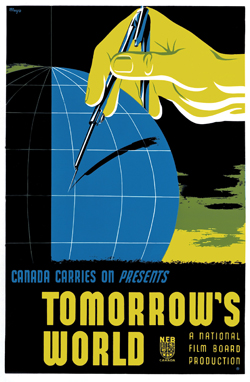
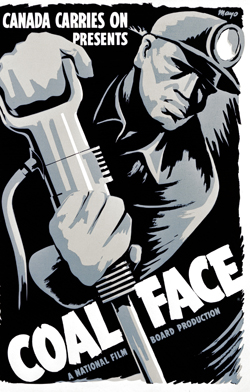
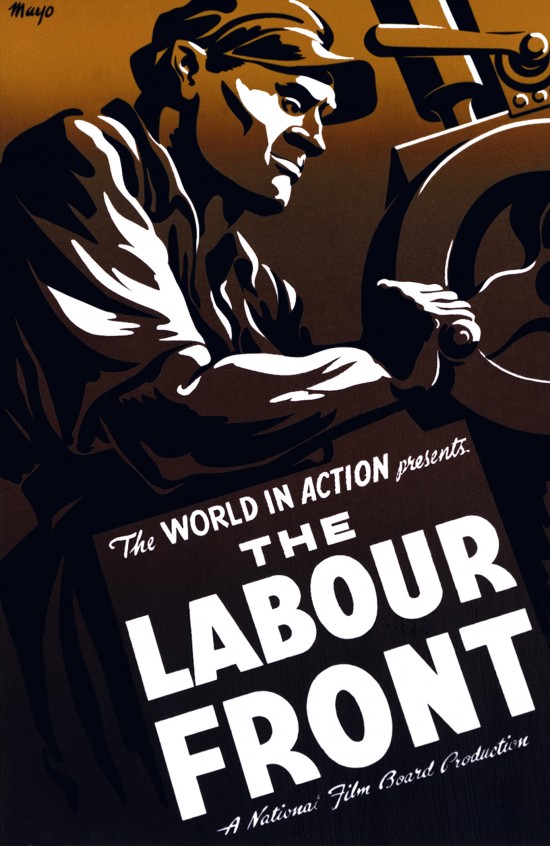
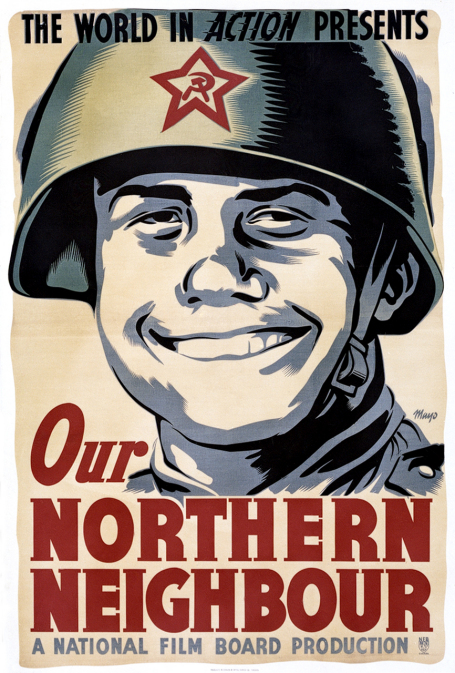
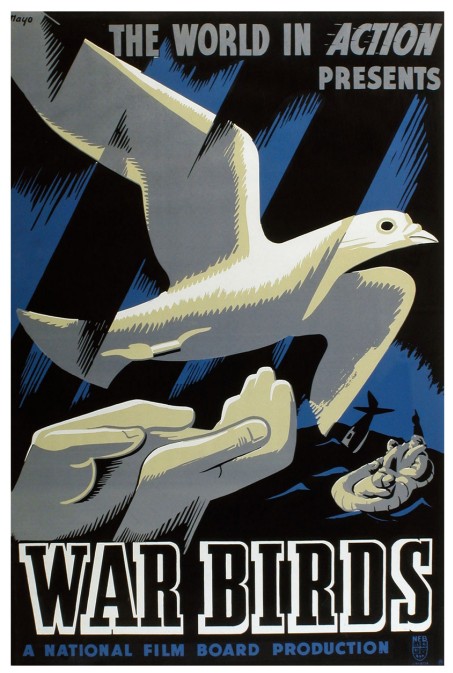
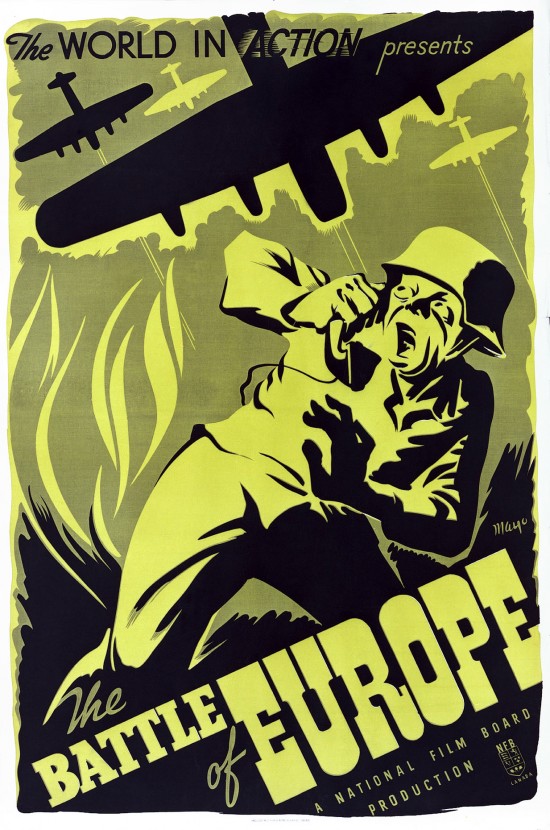
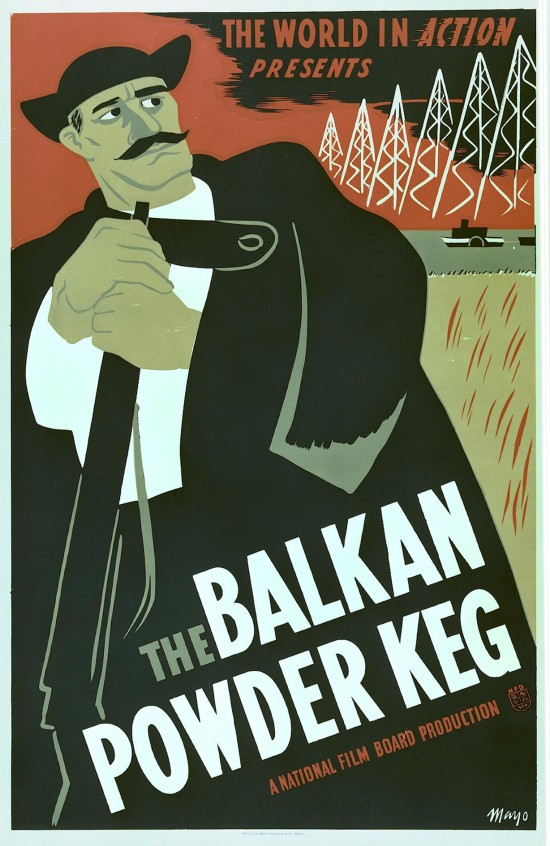

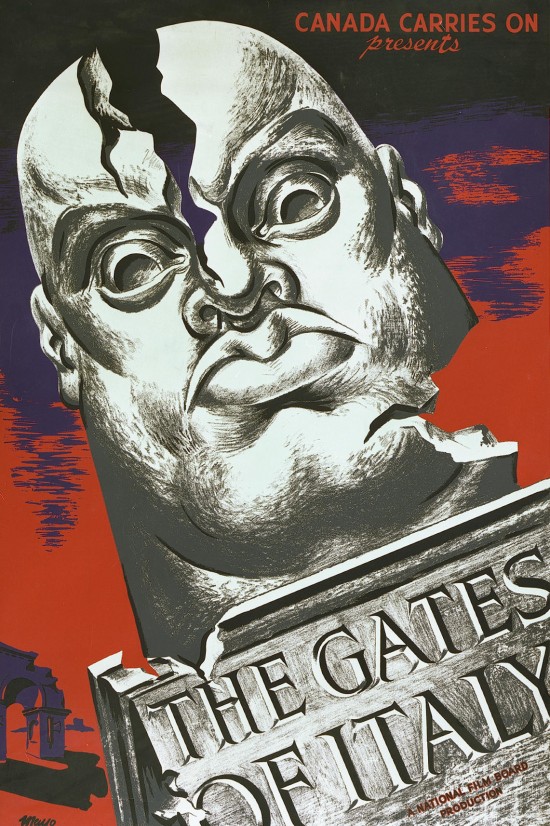
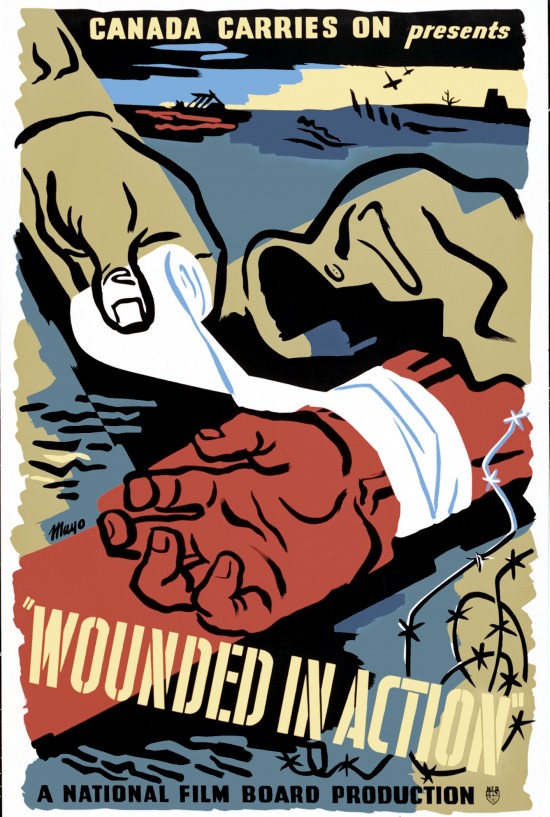
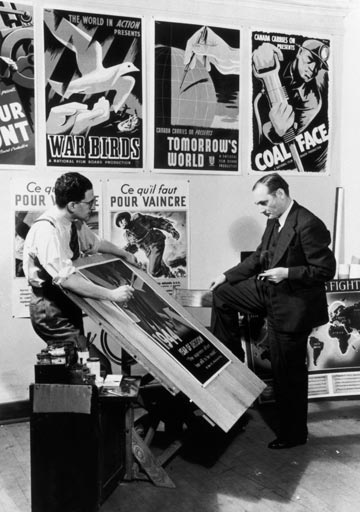

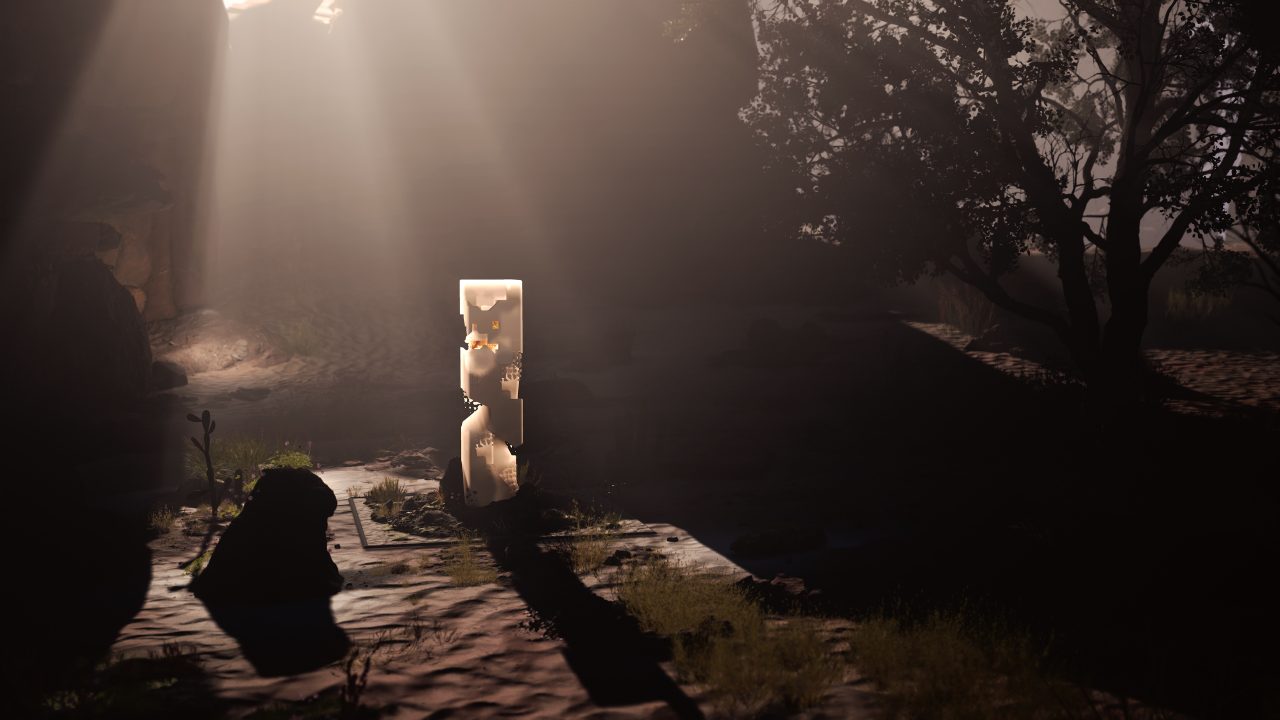
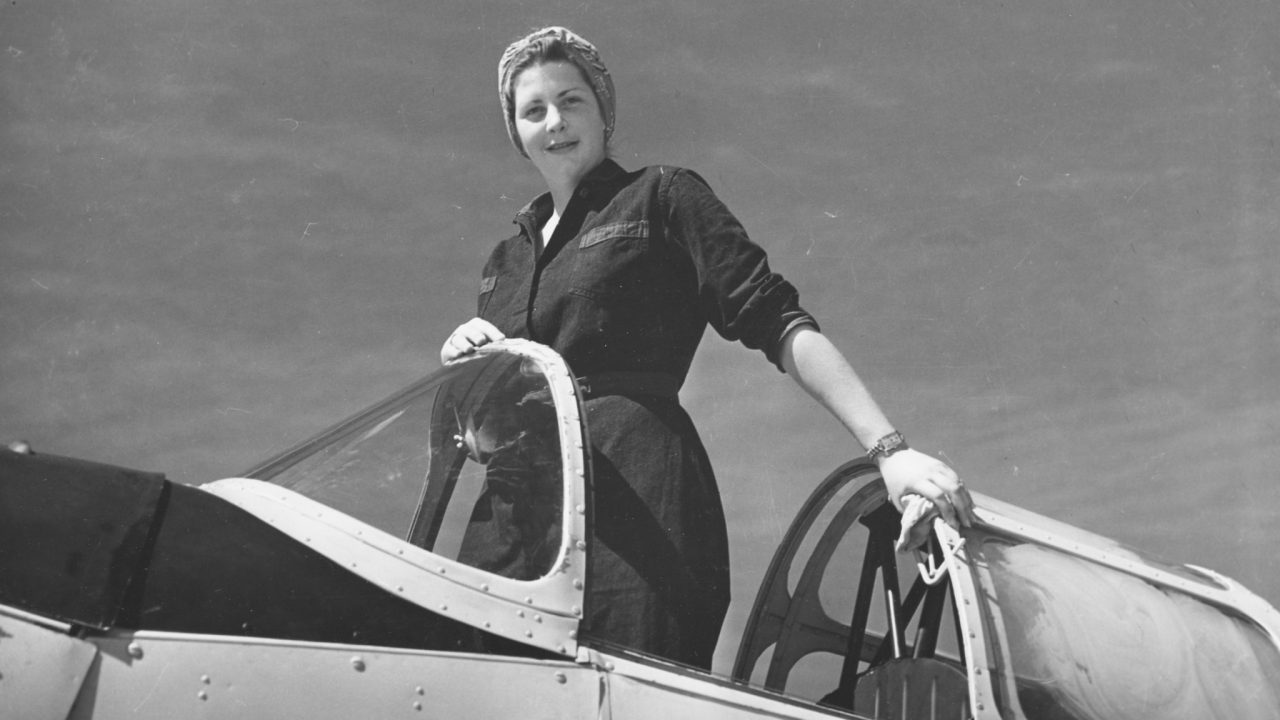
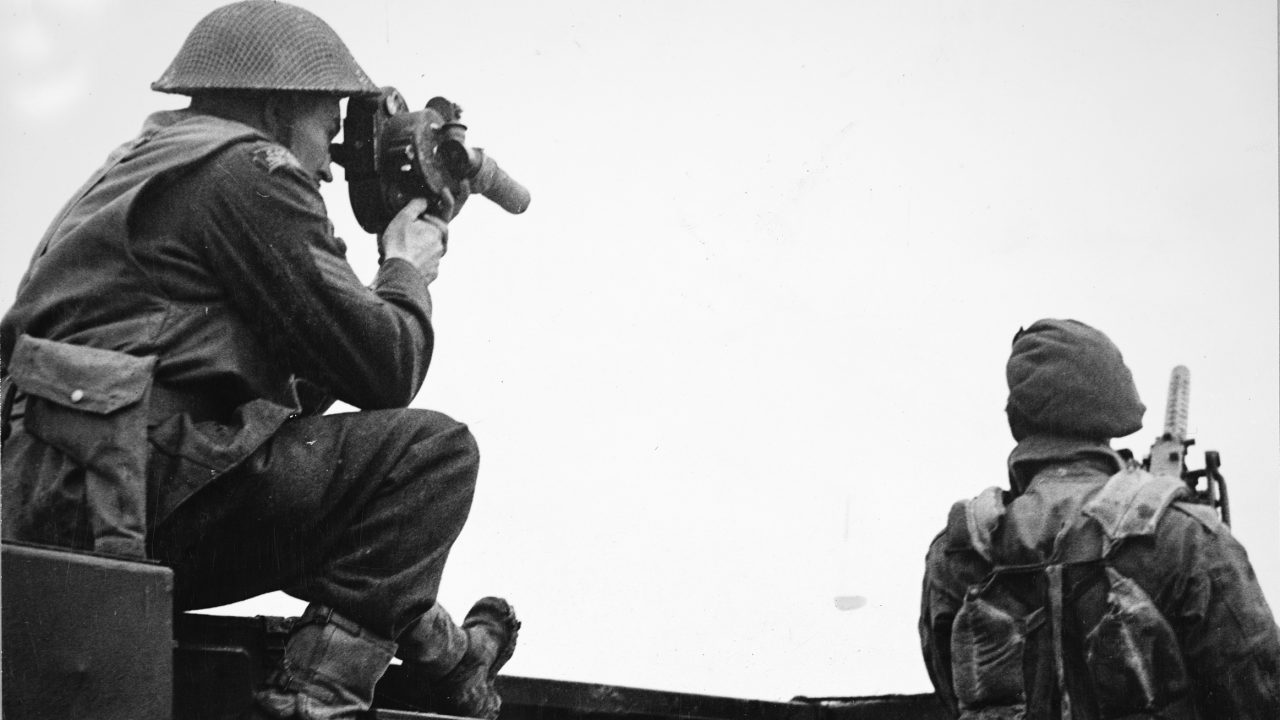
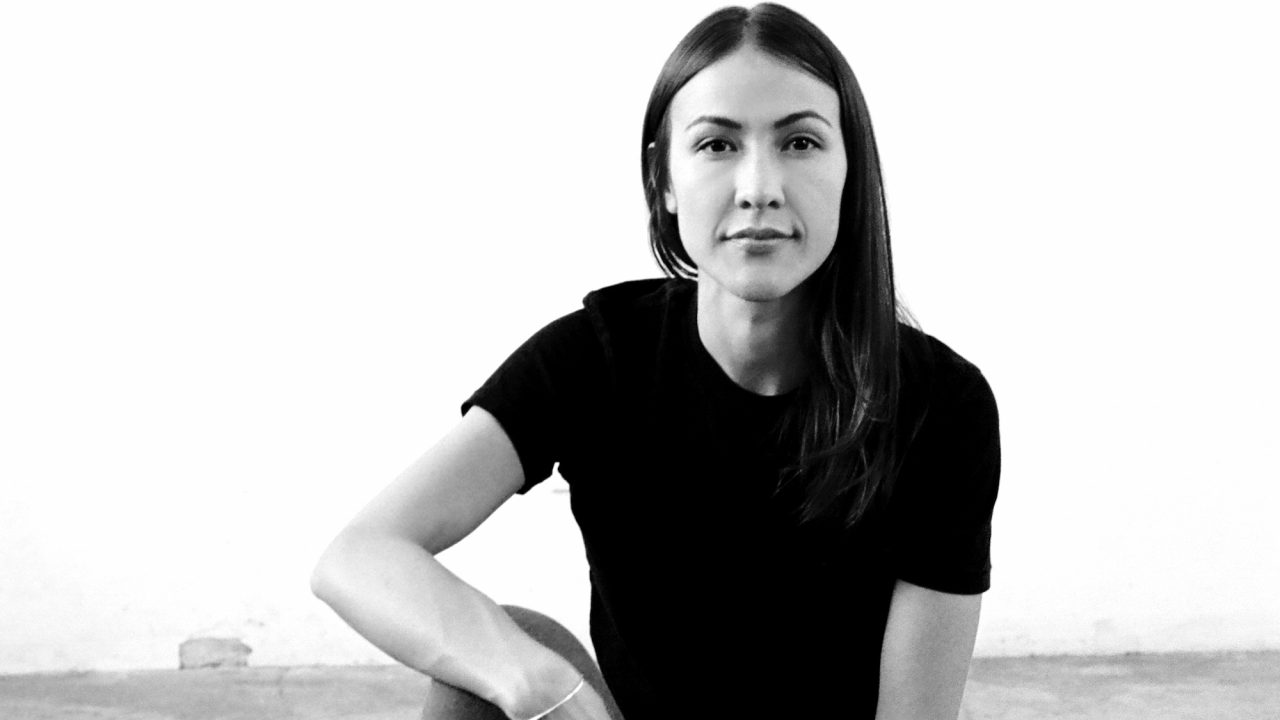
It’s like a cultural wall along our northern border. Only a few Canadians get notice, well like Margaret Atwood or Alice Munro (who got noticed by the Nobel Committee a few years back).
So, which was the Dave Mayerovitch who (I believe) went to McGill and worked at Pomerantz Advertising (Sherbrooke @ Green in lower Westmount) in the latter 1960s?
Hi, Peter. I remember you well. I did indeed go to McGill, though not in the latter 1960s: it was 1957 through 1964. A friend of the family was Sol Pomerance [sic], who was in advertising, but I never worked for him. I had a summer job with the PR firm Chevalier Associates, which led to some work in the early stages of the planning of Expo ’67. And I worked for a while as a junior copywriter for Cockfield, Brown, an advertising firm in the very same Phillips Square building where my father Harry once had his architectural office. You can reach me through Facebook.
Dave Mayerovitch, NFB editor, was Harry’s younger brother.
I’m especially well qualified to clear up the confusion regarding Dave and David Mayerovitch because I am David Mayerovitch, son of Harry. Harry also had a brother named David who was generally known as Dave, and it was Dave who was the film editor at the NFB. Oddly enough, Harry also had a brother named Robert, generally known as Bob, and a son named Robert, who is known to his siblings (we are four in all, including sisters Nina and Julie) and other relatives as Rob, but to almost everybody else as Bob. Having explained this, I now feel qualified to explain anything else that anyone might want to ask about the fabulous Harry Mayerovitch and those who knew and loved him.
Dear David,
I came across a book of sketches that your Dad, Harry did. He was a friend of Bernard Raginsky.
I would like to sell them.
Could you please contact me.
Thank you,
Bonnie Marcus
514 486 3939
What an amazement to me. Who knew. MAYO — ? — good for you!
Great post and wonderful posters! What a fascinating man.
Question: Was Dave Mayerovitch (NFB Editor) a relative?
http://www.imdb.com/name/nm0562559/
Hi Ronald,
Harry Mayerovitch indeed had a son named David, but the dates don’t seem to match. This means the NFB editor could be a brother or a cousin of the illustrious propaganda poster designer, but we currently have no information on this. I will keep looking, however, and get back to you if I stumble upon something of interest. Talented bunch, these Mayerovitches!